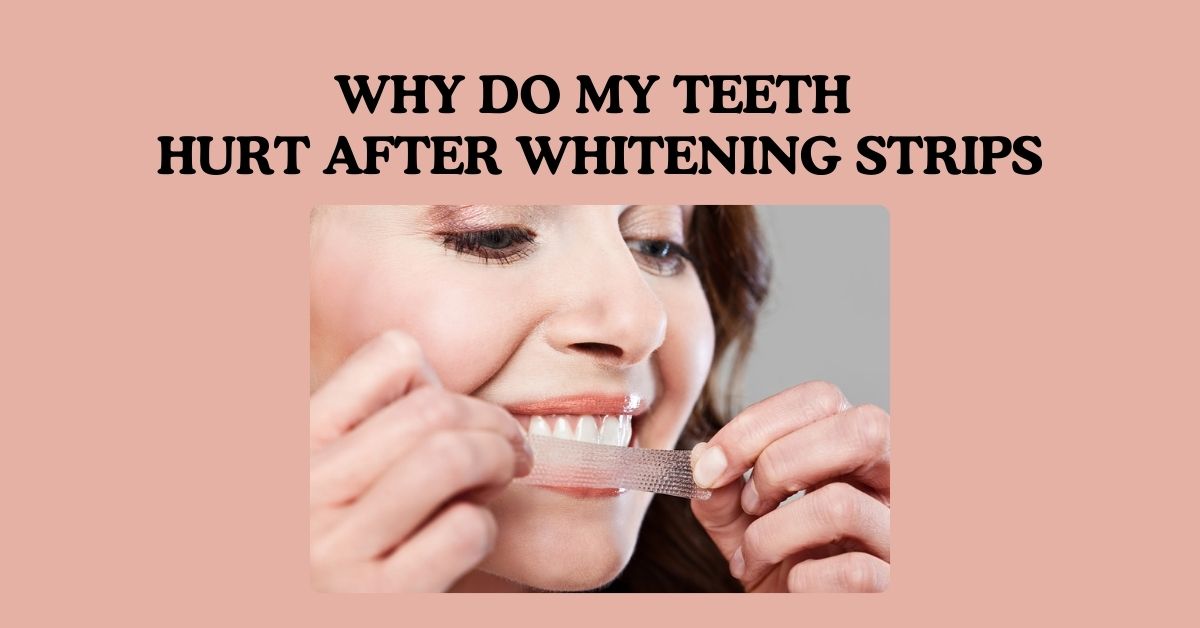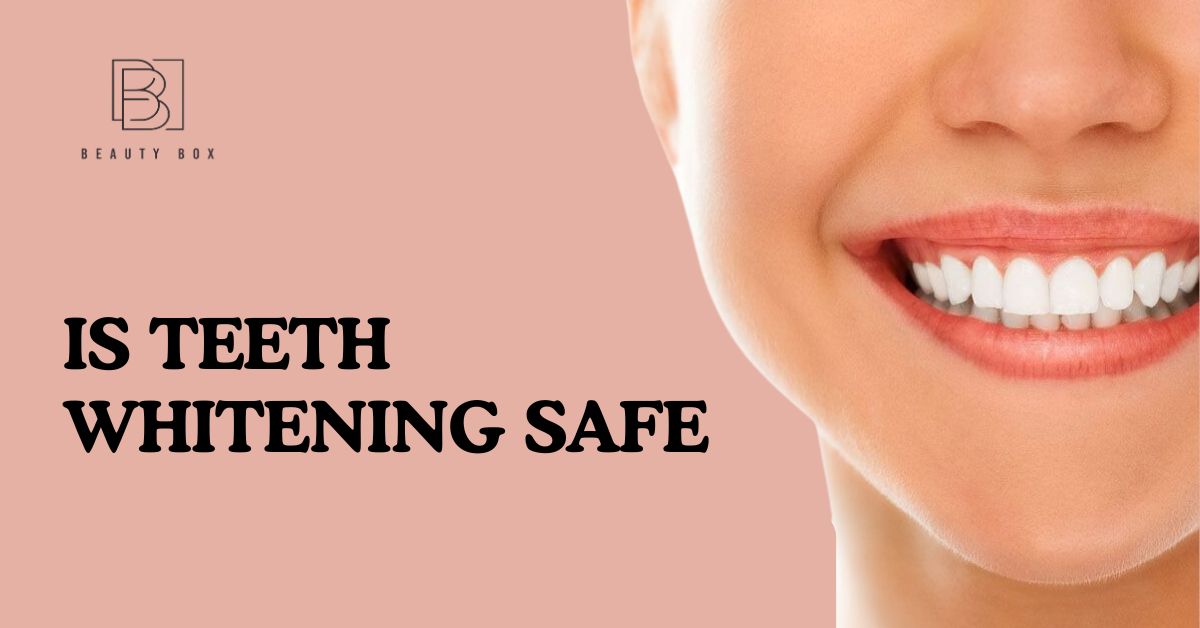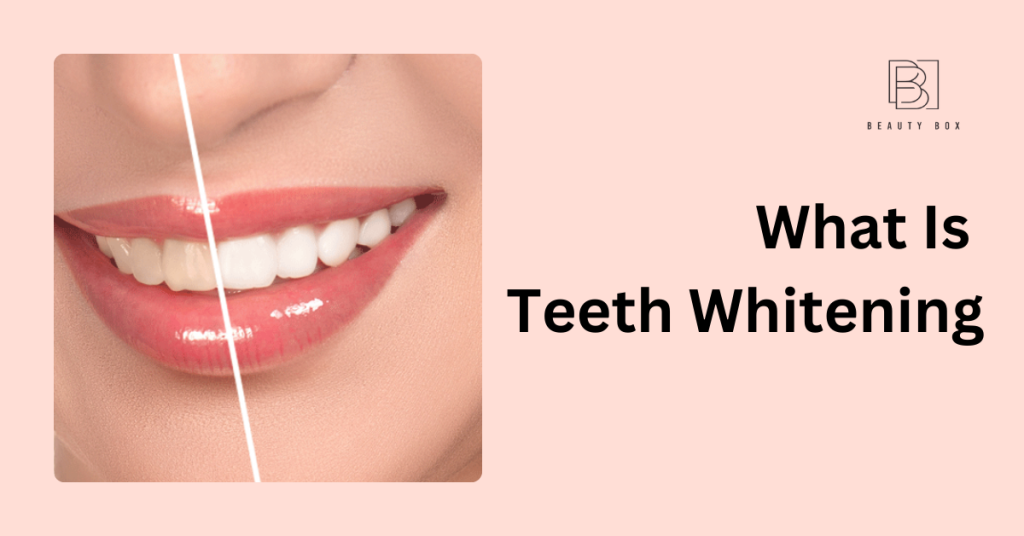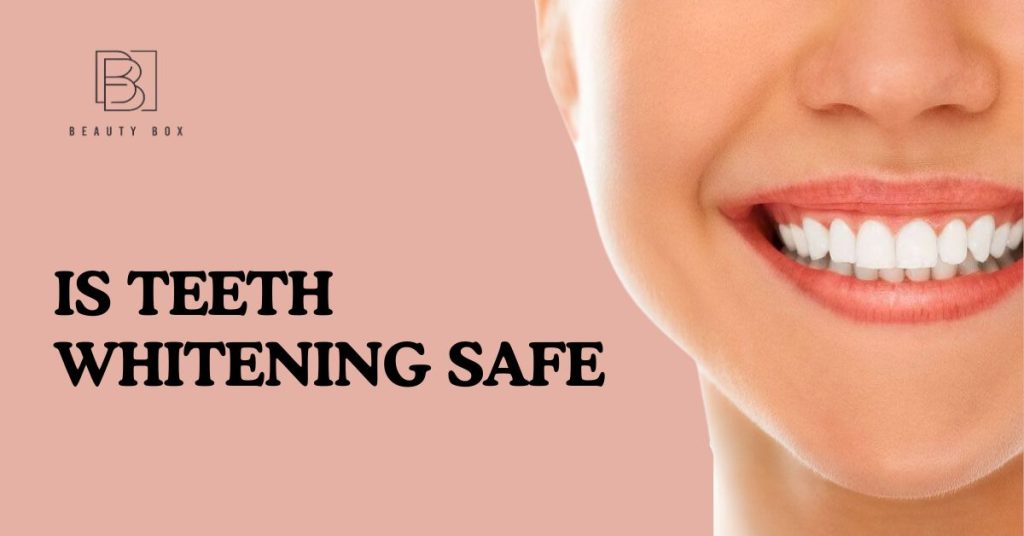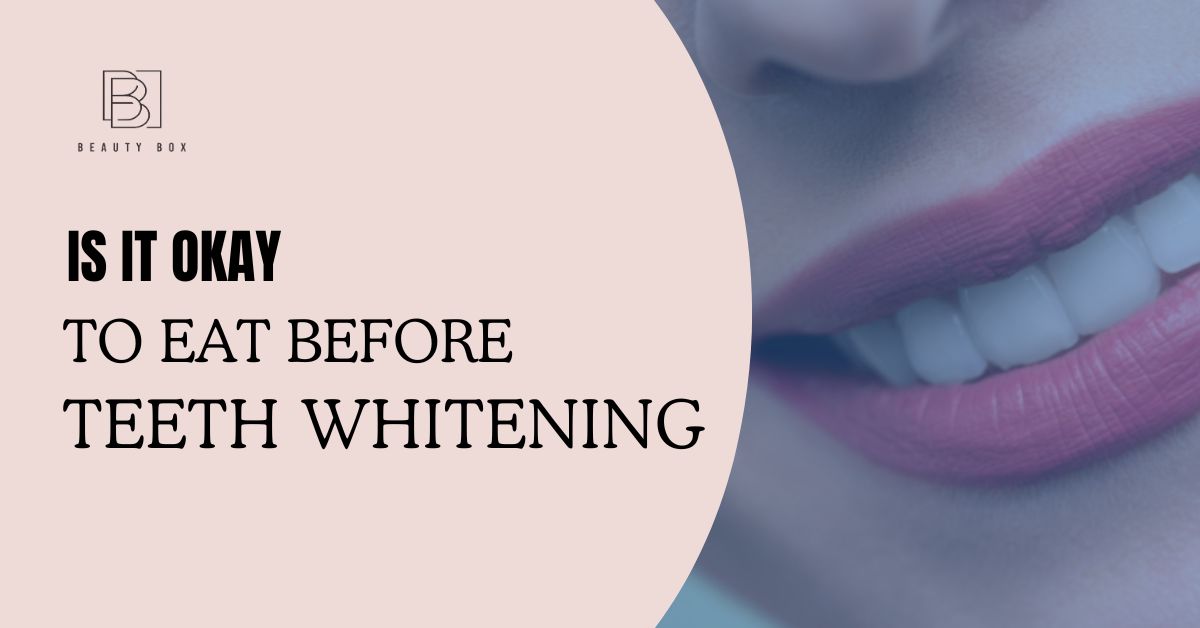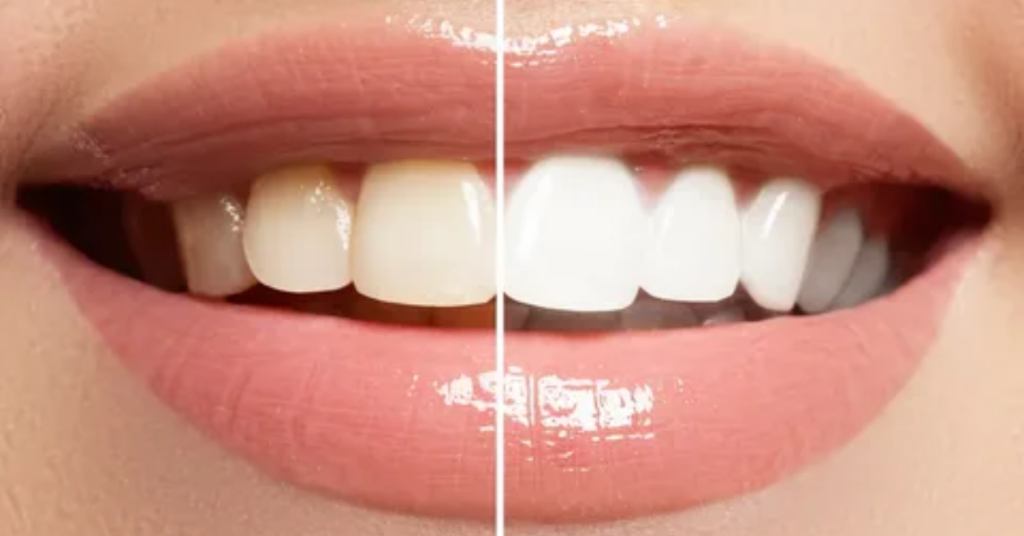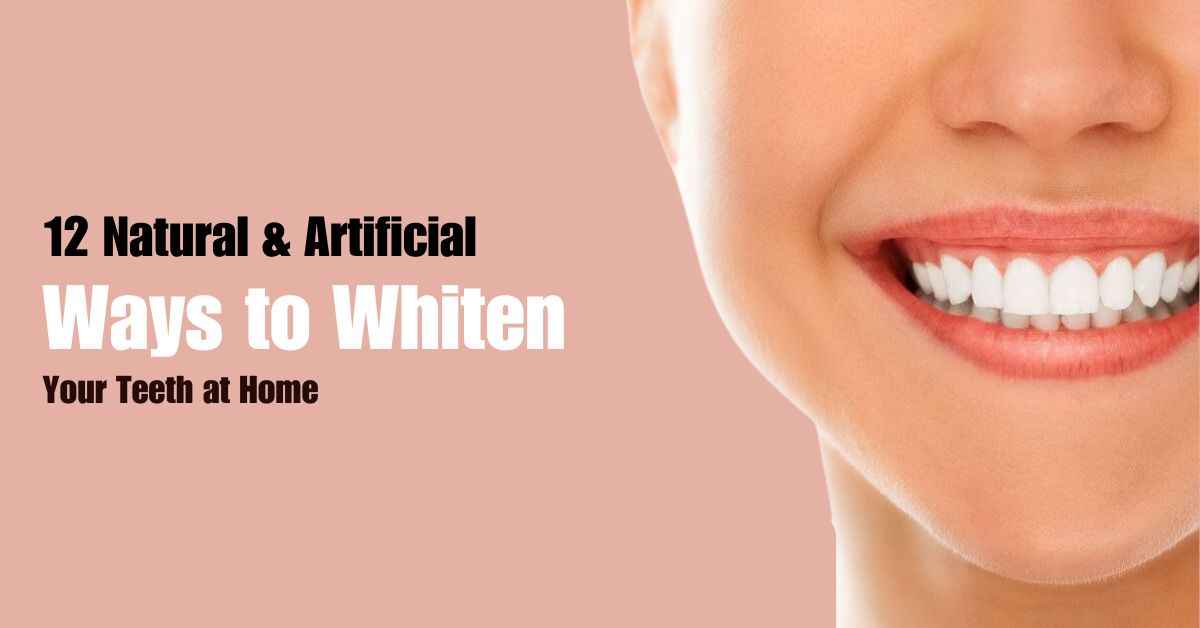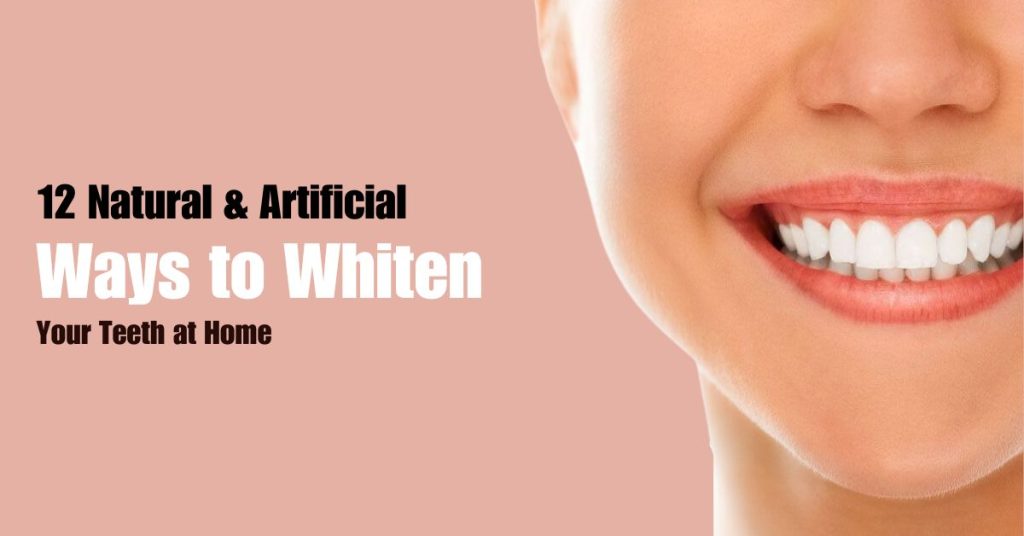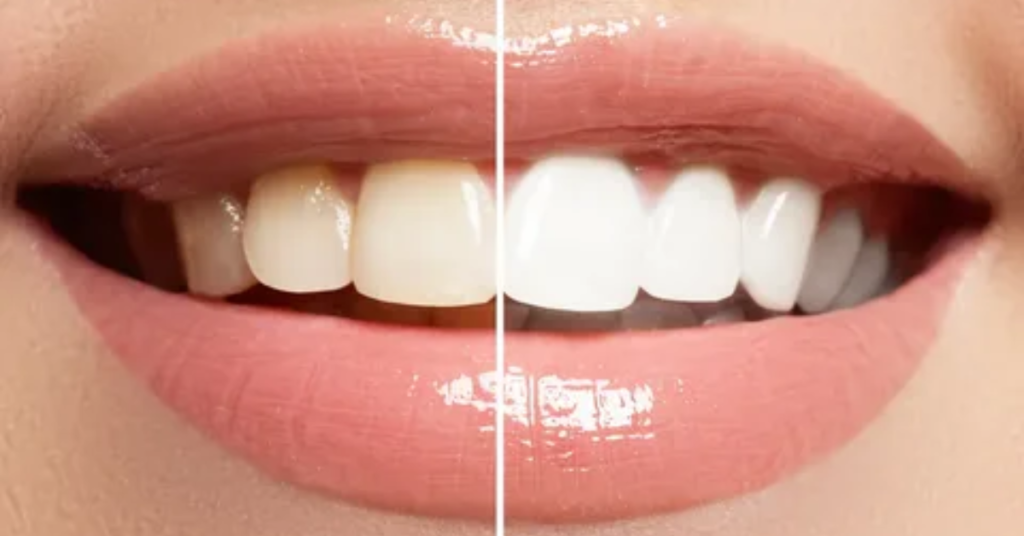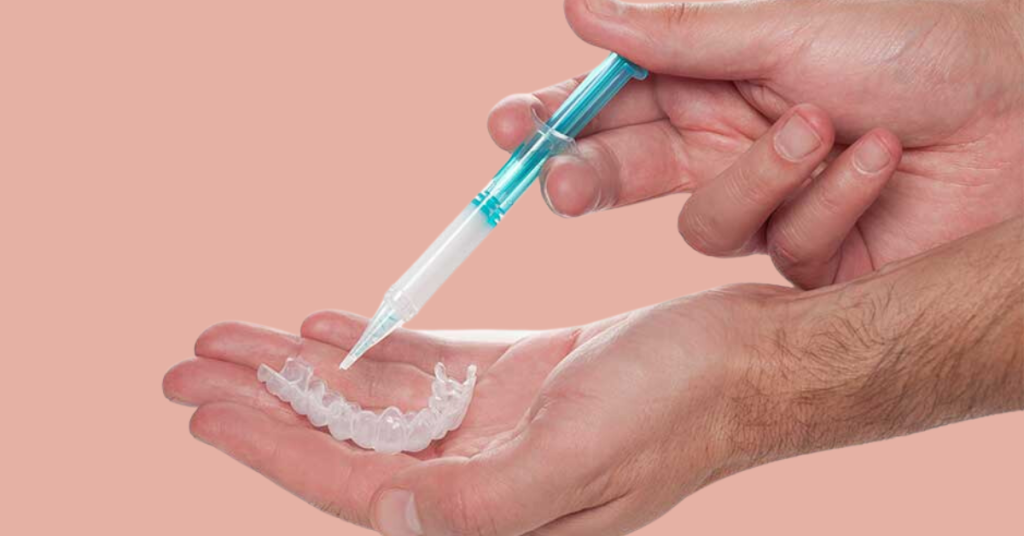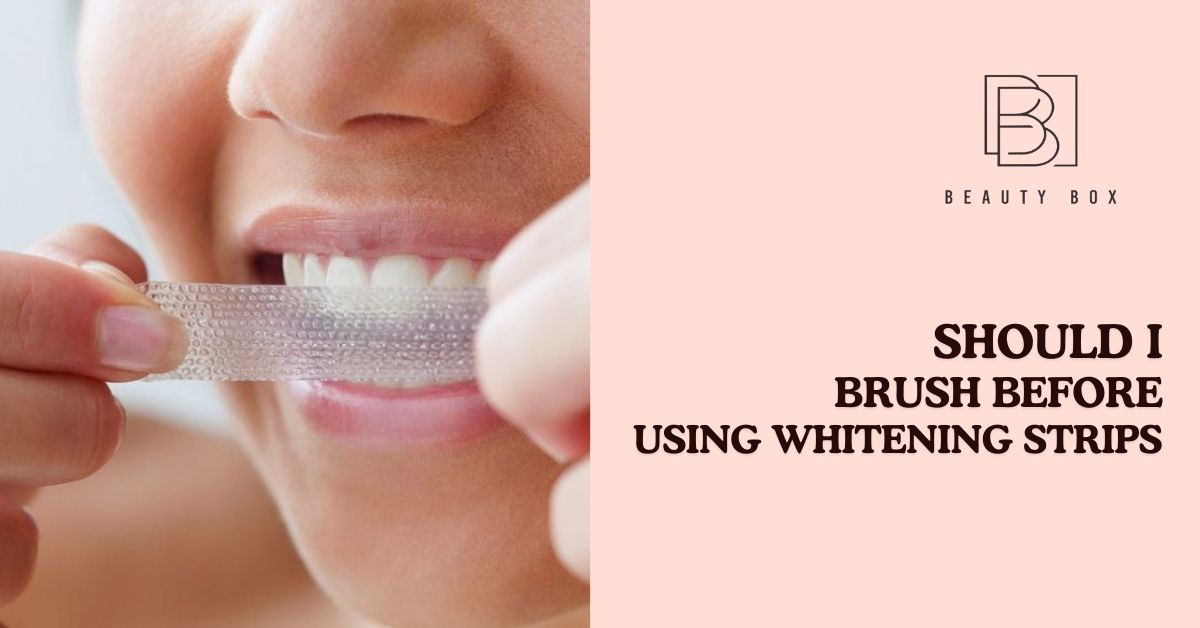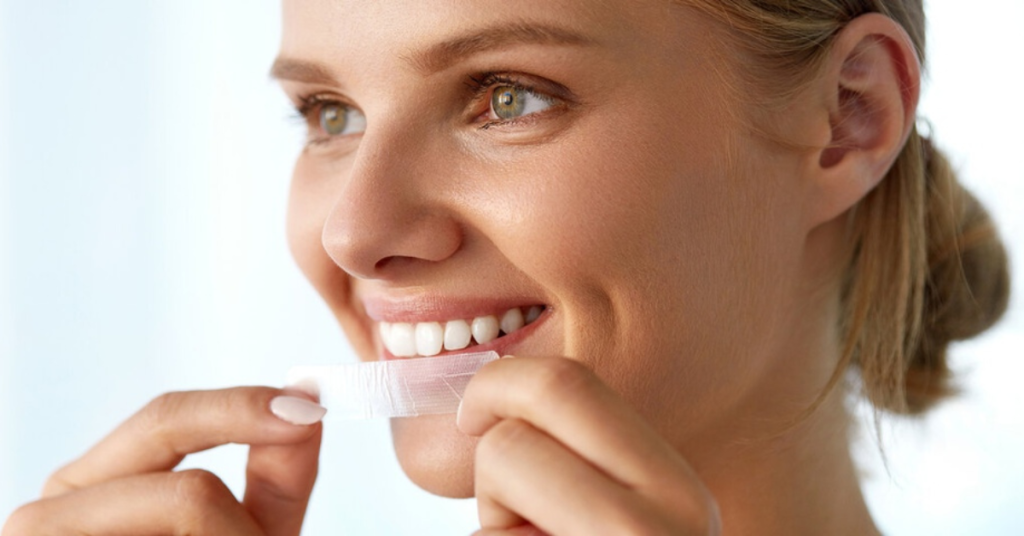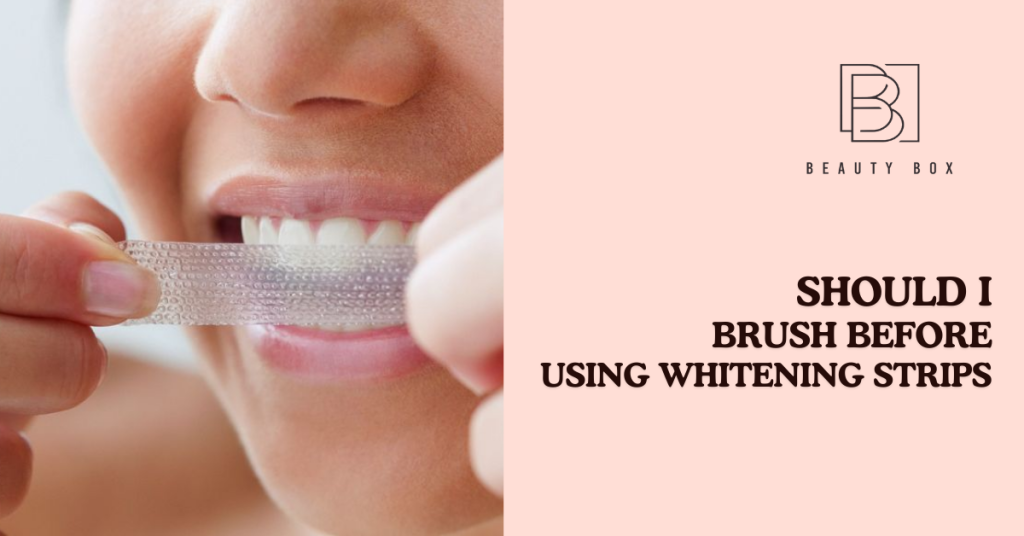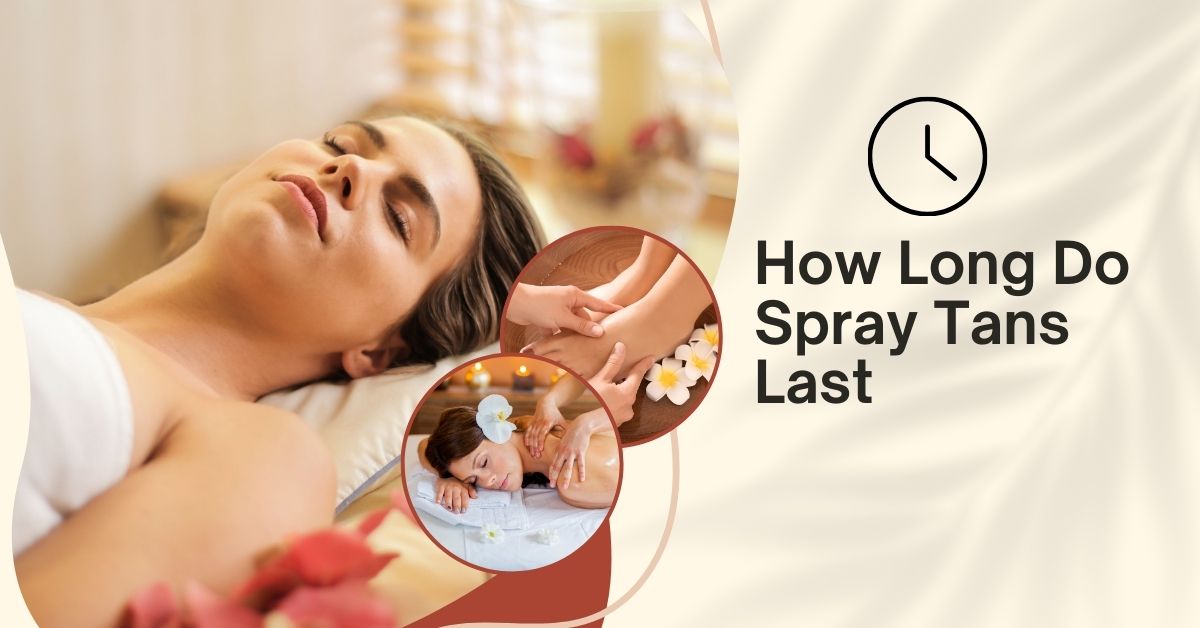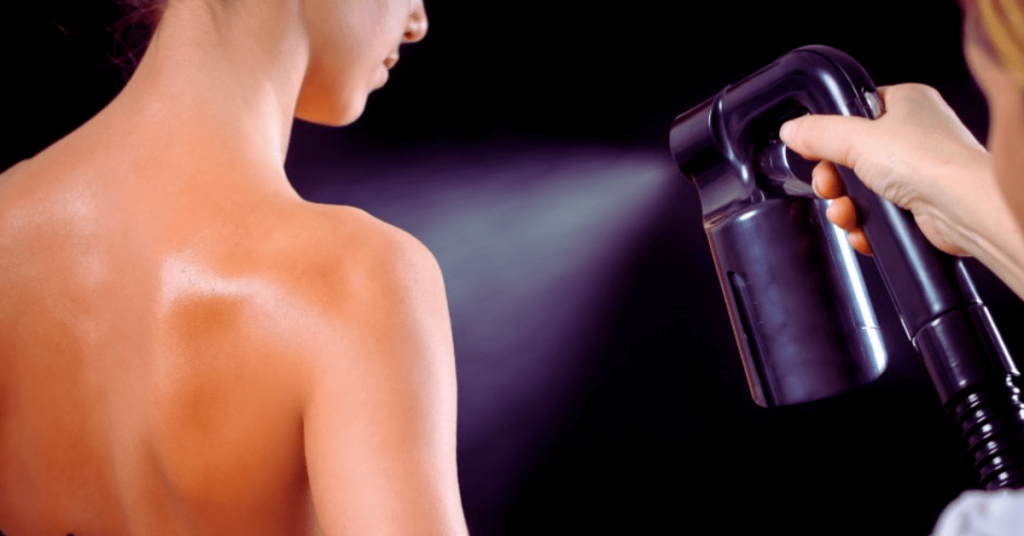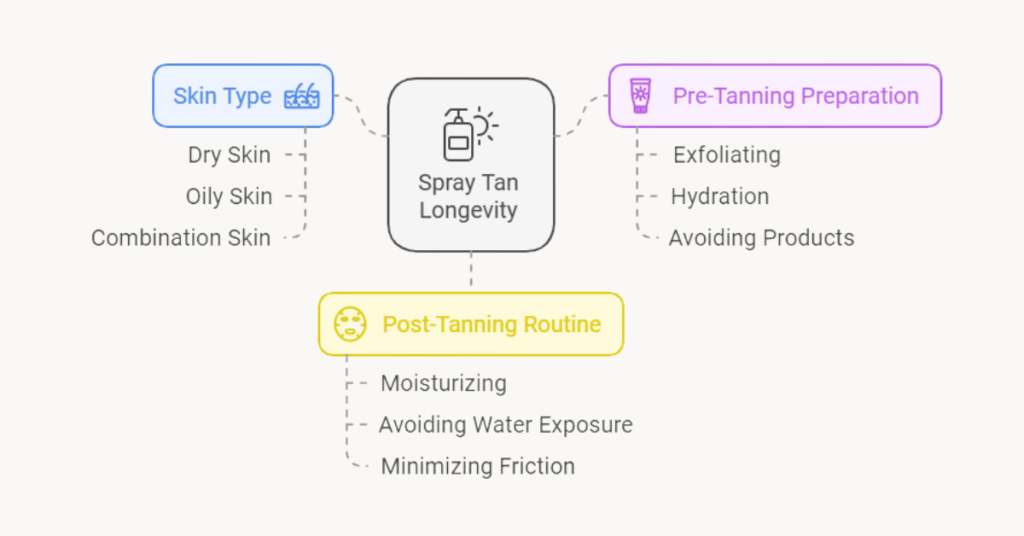Why Do My Teeth Hurt After Whitening Strips? Your teeth hurt after using whitening strips because the active ingredients, like hydrogen peroxide, weaken the enamel and expose sensitive nerves. This can cause a sharp, zinging pain, but don’t worry-it’s usually temporary. Studies show that over 60% of people feel tooth sensitivity after whitening treatments.
Whitening strips remove stains by breaking down molecules in your teeth. But in the process, they can make teeth more porous, leading to discomfort. Research suggests that 78% of people who use whitening strips feel some level of sensitivity, while 34% experience gum irritation. If you already have thin enamel, cavities, or gum recession, you may feel even more pain.
Most sensitivity fades within 24 to 48 hours. Using a desensitising toothpaste, fluoride rinse, and avoiding hot or cold foods can help. If the pain lasts more than three days, you may need to see a dentist.
At Beauty Box, we care about your beauty and comfort. Our experts can help you get a brighter smile without the pain.
In this guide, you’ll learn why whitening strips cause sensitivity and how to reduce the pain for a comfortable whitening experience.
How Whitening Strips Work
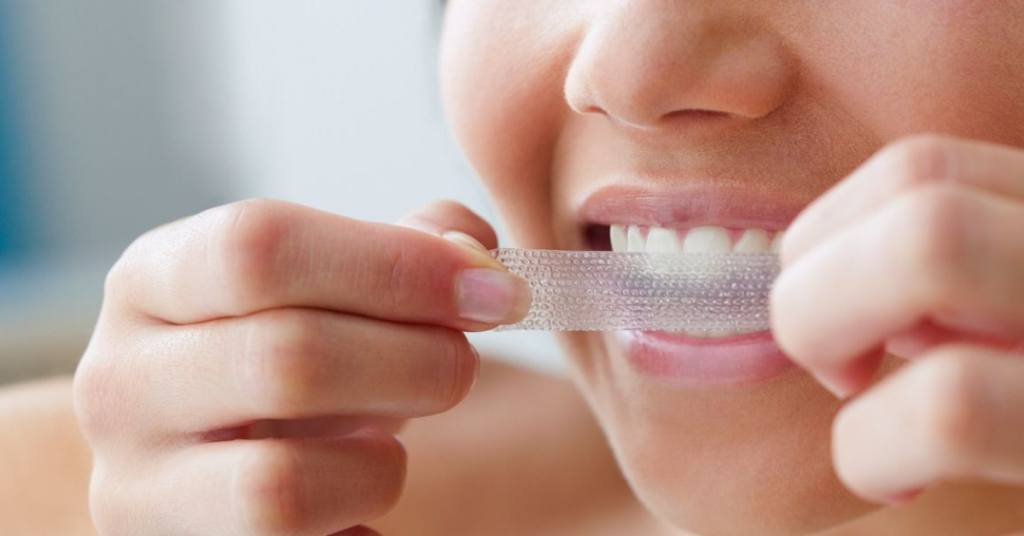
Everyone wants a brighter smile, and whitening strips are a quick way to get it. But have you ever wondered how they actually work?
These strips contain whitening agents like hydrogen peroxide or carbamide peroxide. These chemicals break down stains on your teeth and make them look whiter. Studies show that hydrogen peroxide can remove up to 90% of surface stains in just two weeks.
When you apply whitening strips, the whitening agents soak into the enamel outer layer of your teeth. They reach the deeper stains and start a process called oxidation, which breaks apart stain molecules. This is why you start seeing results within a few days.
However, there’s a downside. Enamel is only about 2.5 mm thick, and it’s slightly porous. When whitening agents go deep, they can also reach the dentin, the layer beneath the enamel. Since dentin connects to the nerves inside your teeth, this can cause tooth sensitivity.
Another issue is dehydration. Whitening strips can remove up to 20% of the moisture from your enamel, leaving it more sensitive to hot and cold foods. The good news? This sensitivity usually goes away within 24 to 48 hours.
To avoid discomfort, use whitening strips correctly and don’t overuse them. Studies show that overusing whitening products can weaken enamel by up to 25%, increasing the risk of tooth sensitivity and cavities.
If your teeth are naturally sensitive, try using desensitising toothpaste before and after whitening. This can reduce discomfort by 30% to 40%.
By understanding how whitening strips work, you can get whiter teeth while keeping your enamel and tooth sensitivity under control.
Why Do Whitening Strips Cause Sensitivity?
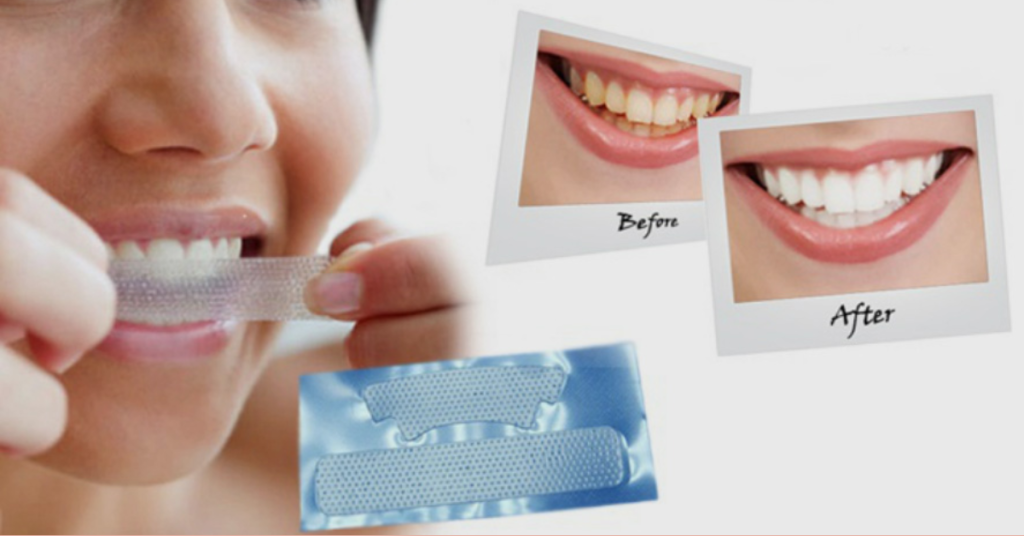
Have you ever used whitening strips and felt a sudden zing in your teeth? You’re not alone! Studies show that over 60% of people experience tooth sensitivity after using whitening products.
The main reason is enamel erosion. Your enamel is the outer layer of your teeth, and it protects the sensitive dentin underneath. Whitening strips can thin enamel by up to 15% after repeated use, making your teeth more sensitive.
Another big reason is dentin exposure. The dentin layer has tiny tubules that connect to your tooth’s nerve endings. When whitening agents penetrate too deep, they expose these tubules, causing that sharp, tingling pain. This is why 90% of people with weak enamel report sensitivity after using whitening products.
Temporary dehydration also plays a role. Whitening strips remove moisture from your enamel, making it more porous. This increases sensitivity to hot, cold, or sweet foods. Research shows that teeth can lose up to 20% of their moisture during the whitening process, which can make the discomfort worse.
In some cases, whitening strips can also cause nerve irritation. If you already have tiny cracks in your enamel or receding gums, the whitening agents can reach the nerves faster, making the pain more intense.
Sensitivity usually lasts 24 to 48 hours and then fades. You can reduce it by using desensitising toothpaste, avoiding very cold or hot foods, and spacing out your teeth whitening treatments.
How Long Does Sensitivity Last?
If you’ve just used whitening strips and your teeth feel sore or sensitive, don’t worry! This is normal and usually temporary. For most people, tooth sensitivity lasts between 24 to 48 hours, but in some cases, it can extend up to one week. According to the American Dental Association (ADA), about 60% of people experience some level of tooth sensitivity after using whitening treatments. The duration of this sensitivity depends on several factors, including how often you use whitening strips, the strength of the formula, and the condition of your enamel.
How Often You Use Whitening Strips
Using whitening strips more than the recommended limit (once a day for 7 to 14 days) can make sensitivity last longer than a week. If you already have sensitive teeth, you might experience discomfort for up to 10 days. Overuse of whitening products can weaken enamel, making it easier for hot, cold, and acidic foods to trigger pain.
The Strength of the Whitening Formula
Most whitening strips contain hydrogen peroxide or carbamide peroxide, which helps remove stains but can also lead to irritation. Products with higher peroxide levels (above 10%) are more likely to cause sharp pain and longer-lasting sensitivity. A study in the Journal of Dentistry found that people who used 10% peroxide whitening strips reported 50% more sensitivity than those who used a 5% formula.
The Health of Your Enamel
If you have thin enamel, enamel erosion, or a history of gum recession, whitening products may cause longer-lasting pain. About 12% of adults naturally have weaker enamel, which makes them more prone to severe tooth sensitivity. If you’ve had cavities, gum disease, or receding gums, you might feel sensitivity for 4 to 7 days instead of the usual 24-48 hours.
Dehydration of Teeth
Whitening strips can temporarily dry out your teeth, making them more sensitive to hot, cold, and acidic foods. When teeth lose moisture, the nerve endings inside become more exposed, leading to increased discomfort. It takes 24 to 36 hours for teeth to reabsorb natural moisture and return to normal sensitivity levels.
When Should You Worry?
If your sensitivity lasts more than 7 days, it could indicate enamel damage or an underlying dental issue. If you experience sharp pain when biting down, it may be a sign of a cavity or a cracked tooth, and you should visit a dentist immediately.
How to Reduce Tooth Pain After Whitening
If your teeth hurt after whitening, you don’t have to suffer! There are simple ways to reduce pain, protect your enamel, and continue your whitening routine safely.
Use Desensitizing Toothpaste Before and After Whitening
Desensitising toothpaste contains potassium nitrate, an ingredient that blocks nerve pain signals. Studies show that using a desensitizing toothpaste for 2 weeks before whitening can reduce sensitivity by 70%. Brands like Sensodyne Rapid Relief, Colgate Sensitive Pro-Relief, and Crest Gum & Sensitivity are great options to help with post-whitening pain.
Apply Fluoride for Enamel Protection
Fluoride helps rebuild enamel and prevents long-lasting sensitivity after whitening. Using a fluoride gel or mouthwash daily can reduce sensitivity by 50% after just one week. Many dentists recommend applying fluoride treatments before and after whitening to protect against sensitivity.
Avoid Extreme Hot or Cold Foods
Hot and cold foods can trigger sharp pain after whitening. Ice cream, iced drinks, and cold yoghurt can increase discomfort, while hot coffee, tea, and soup can make sensitivity last longer. Eating room-temperature foods for 48 hours after whitening can help prevent pain.
Reduce Whitening Frequency
Using whitening strips every day can make sensitivity last longer than a week. Studies show that spacing out treatments to every other day can reduce sensitivity by 50% while still achieving effective whitening results.
Switch to a Soft-Bristle Toothbrush
Brushing with a hard-bristle toothbrush can wear down enamel and make sensitivity worse. A soft-bristle toothbrush helps prevent enamel erosion and gum irritation, reducing discomfort after whitening treatments.
Try Natural Remedies
Natural remedies like coconut oil pulling and saltwater rinses can help soothe nerve pain and rebuild enamel strength. Swishing coconut oil in your mouth for 10 minutes can reduce irritation, while a saltwater rinse can help reduce gum inflammation and sensitivity.
Use Pain Relievers If Needed
Over-the-counter pain relievers like ibuprofen or acetaminophen can help with temporary discomfort. Taking a pain reliever before whitening can prevent sensitivity from starting.
See a Dentist If Pain Persists
If your teeth still hurt after 7 days, visit a dentist to check for enamel damage or cavities. Your dentist may suggest professional whitening treatments that cause less pain and provide longer-lasting results.
Alternative Teeth Whitening Options
Whitening your teeth can give you a great smile, but sometimes, whitening strips can cause pain or sensitivity. If you’ve experienced this, don’t worry there are other ways to whiten your teeth safely and comfortably. Let’s talk about professional whitening and some gentler alternatives.
Professional Whitening vs. At-Home Strips
If you’re looking for quicker and longer-lasting results, professional whitening is a great option. Dentists use special, high-strength whitening agents, which are more effective and less likely to cause pain. In fact, 94% of patients report feeling no discomfort after professional whitening treatments. These treatments include options like:
- Laser whitening, which can lighten your teeth up to 8 shades in just one session.
- Custom whitening trays are designed to fit your teeth perfectly, reducing the risk of gum irritation.
On the other hand, whitening strips are easy to use at home but can cause more tooth sensitivity. Studies show that about 45% of people experience increased sensitivity after using at-home strips. This is because these strips contain ingredients like hydrogen peroxide, which can dehydrate your enamel, making it more sensitive.
Gentle Alternatives to Whitening Strips
If you find whitening strips too harsh, consider these gentler alternatives that are less likely to cause discomfort:
- Whitening toothpaste with fluoride – Helps remove surface stains and strengthens enamel. Research shows that 90% of users notice whiter teeth after 4 weeks of use.
- Baking soda paste – A natural, mild abrasive that removes stains without damaging enamel.
- Oil pulling with coconut oil – Reduces plaque and helps brighten teeth naturally.
- Hydrogen peroxide mouth rinse (low concentration) – Studies show this method can whiten teeth by up to 3 shades with regular use.
- Avoid staining foods – Cutting back on coffee, tea, and wine can prevent new stains from forming.
By switching to these gentle alternatives, you can still enjoy a brighter smile without the pain.
When to See a Dentist
While some tooth sensitivity after whitening strips is normal, it’s important to know when to seek help from a dentist. If your teeth hurt for more than a few days, it could be a sign of a bigger problem.
If Sensitivity Lasts More Than a Few Days
Most people experience mild discomfort for 24 to 48 hours after using whitening products. However, if your pain lasts longer, it could be a sign that your enamel is too weak. Studies show that 70% of people with prolonged sensitivity after whitening have enamel erosion. This is when the protective layer of your teeth wears down, making them more vulnerable to cavities.
Signs of Enamel Damage
Enamel helps protect the inner layers of your teeth. When it starts to wear down, your teeth can become more sensitive and even prone to decay. Common signs of enamel erosion include:
- Increased sensitivity when eating hot, cold, or sugary foods.
- Translucent edges on your teeth-this happens when the enamel is thinning.
- Sharp, lingering pain after whitening.
If you notice these symptoms, it’s important to stop using whitening strips and visit your dentist for advice. 40% of people with enamel damage require professional treatments to restore their enamel.
Gum Irritation and Tooth Decay Risks
Whitening strips can also cause gum irritation. If the strips touch your gums too much, they can cause redness or swelling. In fact, 25% of people report gum irritation after using whitening strips. If your gums are irritated, stop using the strips and consult with a dentist. Additionally, overusing whitening strips can increase the risk of cavities. Studies show that 35% of people who use whitening strips frequently without proper oral care end up with tooth decay.
If you notice any of these signs, it’s time to see a dentist:
- Pain lasting more than a week after using whitening strips.
- Swollen or bleeding gums that don’t heal.
- Tooth pain occurs without any obvious cause.
- Teeth becoming more transparent or sensitive to touch.
A dentist can assess your teeth, determine if there’s any underlying tooth decay or gum irritation, and recommend a safer teeth whitening option for you. In some cases, they may suggest enamel-strengthening treatments or custom whitening trays.
Final thoughts
It’s important to understand that sensitivity can be a common side effect. However, it could also signal deeper issues like enamel erosion or gum irritation. If you’re experiencing prolonged discomfort, consider switching to gentler teeth whitening methods or even consulting a professional for customised treatments that are safer for your smile.
At Beauty Box, we not only focus on enhancing your beauty but also on your comfort and well-being. Our team is dedicated to offering personalized care to ensure you get the best experience for your beauty investment, whether it’s for your eyebrows, eyelashes, skin, or even your smile. We understand the importance of feeling confident and comfortable in your skin, and we’re here to help you achieve just that.
So, next time you think about whitening your teeth, ask yourself: Are you taking care of your teeth the right way? Don’t let discomfort or sensitivity hold you back from achieving the smile you deserve. Have you explored gentle whitening alternatives, or is it time to speak with a professional about a safe, effective treatment?
At Beauty Box, we’re ready to help you smile brighter with the best services and products. Let’s make sure you have the confidence to show off your beautiful, pain-free smile
